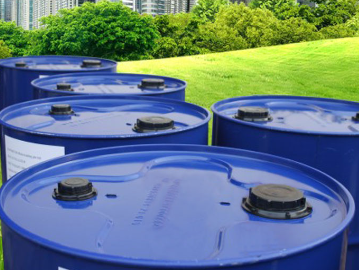
Silicone rubber is a synthetic rubber polymer that possesses unique properties which allow it to maintain flexibility even in extreme weather conditions. It is highly resistant to temperature extremes, ultraviolet (UV) light exposure, and oxidative degradation, making it an ideal material for applications that require durability and flexibility in harsh environments.
One of the key reasons why silicone rubber maintains flexibility in extreme weather conditions is its high thermal stability. Silicone rubber can withstand temperatures ranging from -55°C to 300°C without losing its flexibility or mechanical properties. This wide temperature range allows silicone rubber to remain flexible in extremely cold or hot conditions, making it suitable for use in both Arctic and desert climates.
Another factor that contributes to silicone rubber's flexibility in extreme weather conditions is its resistance to UV light exposure. UV radiation from the sun can cause many materials to degrade and become brittle over time. However, silicone rubber is inherently resistant to UV light, making it ideal for outdoor applications where exposure to sunlight is unavoidable.
Additionally, silicone rubber is highly resistant to oxidative degradation, which occurs when oxygen reacts with the polymer chains in rubber materials, leading to cracking and loss of flexibility. Silicone rubber contains silicon-oxygen bonds in its chemical structure, which are highly stable and do not readily react with oxygen. This allows silicone rubber to maintain its flexibility and mechanical properties even in the presence of oxygenated environments, such as in marine or industrial settings where exposure to air is common.
Furthermore, silicone rubber is also known for its excellent weathering resistance, which allows it to withstand exposure to a wide range of environmental conditions, including rain, snow, wind, and humidity. This makes silicone rubber well-suited for outdoor applications, such as seals, gaskets, and weatherstripping, where flexibility and durability are essential.
In conclusion, silicone rubber maintains flexibility in extreme weather conditions due to its high thermal stability, resistance to UV light exposure, oxidative degradation, and weathering. These unique properties make silicone rubber a versatile material that can withstand the harshest environmental conditions while retaining its flexibility and mechanical properties. As a result, silicone rubber is widely used in a variety of industries, including automotive, aerospace, construction, and electronics, where durability and flexibility are critical requirements.